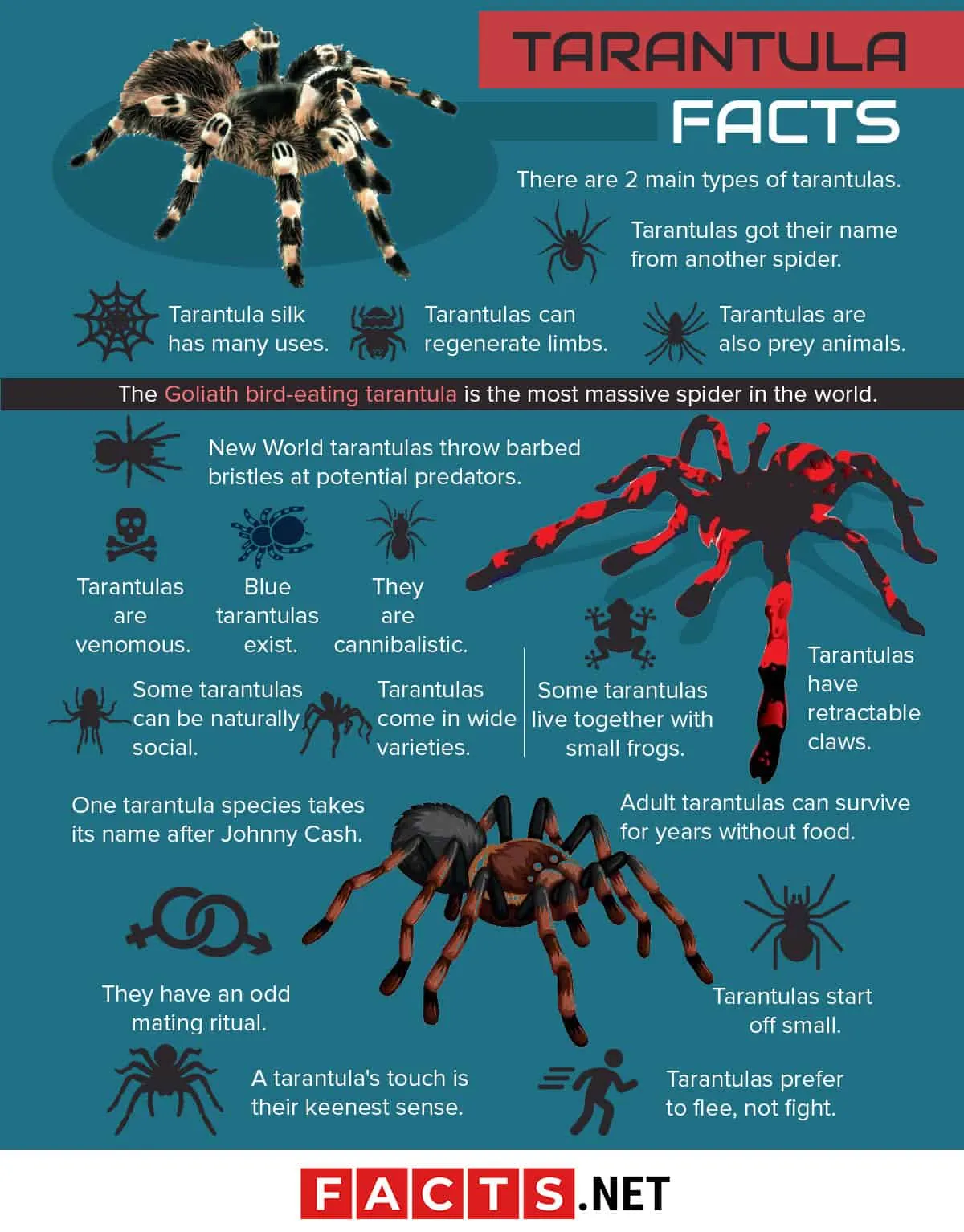Tarantula Age Size Chart Overview
Understanding the age and size of your tarantula is crucial for its proper care and well-being. A tarantula age size chart serves as a valuable tool, providing insights into the expected growth trajectory of different species. This chart helps owners gauge whether their tarantula is developing normally, ensuring they provide the right environment, diet, and overall care. Several factors influence a tarantula’s size, including species, genetics, and environmental conditions, making it essential to understand these aspects when interpreting the chart. Regular monitoring and comparison with established growth patterns can help identify any potential health issues or developmental anomalies, enabling timely intervention and care. The age size chart isn’t just a set of numbers; it’s a window into the life cycle of your tarantula, aiding in responsible pet ownership and fostering a deeper understanding of these fascinating creatures.
Factors Influencing Tarantula Size
Several key factors significantly impact the ultimate size of a tarantula. The most prominent is genetics, as different species possess inherent size variations. For example, the Goliath Birdeater tarantula is one of the largest species, while some dwarf species remain much smaller throughout their lives. Environmental factors play a crucial role, including temperature and humidity levels, which can affect the tarantula’s metabolism and molting frequency. Proper diet and nutrition are also paramount; a balanced diet rich in essential nutrients promotes healthy growth. Conversely, a poor diet can stunt growth or lead to health problems. Other factors to consider include the availability of space in the enclosure, which may limit size, and overall health. It’s worth noting that each tarantula grows differently, making it crucial to take everything into account.
Tarantula Species and Size Variations

Tarantulas exhibit remarkable diversity in size, ranging from relatively small species to giants. The size differences are primarily determined by species, with some tarantulas reaching a leg span of over 10 inches, while others stay under 3 inches throughout their lifespan. Certain species, such as the Grammostola pulchra (Brazilian Black), are known for their moderate size and relatively slow growth rate. Conversely, species like Theraphosa blondi (Goliath Birdeater) can achieve impressive sizes, often exceeding 10 inches in leg span. The size variations are essential for pet owners, as they influence enclosure size, feeding requirements, and overall care strategies. Researching the specific size range of your tarantula’s species is fundamental in providing appropriate care, ensuring its health and well-being. These variations are important in a tarantula age size chart, which can help you get a good grasp of your pet.
Growth Stages of Tarantulas
Tarantulas go through several growth stages, each marked by significant physical changes. They begin as spiderlings, which are small and delicate, requiring a specific environment to thrive. As they grow, they undergo molting, shedding their exoskeletons to accommodate their increasing size. During the juvenile phase, tarantulas grow rapidly, and molting occurs frequently. The frequency of molting decreases as they mature, eventually reaching adulthood. The time taken to reach adulthood varies depending on the species, with some maturing in a few years while others take a decade or more. Understanding these growth stages is critical to providing the right care. It influences factors such as enclosure size, food portions, and overall environmental conditions. Each stage presents unique challenges and care requirements, highlighting the need for owners to adapt their practices based on the tarantula’s developmental phase, as illustrated in the tarantula age size chart.
Molting Process and Its Impact
Molting is a fundamental biological process for tarantulas, enabling them to grow by shedding their exoskeletons. During molting, the tarantula creates a new, larger exoskeleton beneath the old one. The frequency of molting depends on the tarantula’s age, growth rate, and environmental factors, such as humidity and temperature. Before molting, tarantulas often become lethargic and may refuse food. After molting, they are particularly vulnerable, as their new exoskeleton is soft and delicate. The molting process can take several hours or even days. The impact of the molting process on the size of a tarantula is huge, as it’s the main way they increase in size. After each molt, the tarantula will be larger. Proper care during and after molting is essential for the tarantula’s health. A tarantula age size chart provides a visual representation of the impact of molting.
Impact of Diet on Growth

A tarantula’s diet has a huge impact on its growth, playing a crucial role in its overall health and size. A well-balanced diet, consisting of appropriate prey items, provides the essential nutrients necessary for healthy development. This includes adequate protein, vitamins, and minerals. The frequency and quantity of feedings should be adjusted based on the tarantula’s age, species, and growth stage. Overfeeding can lead to health problems, such as obesity and reduced molting frequency, while underfeeding can stunt growth and weaken the tarantula. Different species have different dietary needs, and it’s important to research the specific requirements of your tarantula. Supplementing the diet with vitamins or calcium can be necessary, depending on the prey items and the tarantula’s overall health. Maintaining a good diet is essential to maximizing growth. Using a tarantula age size chart can help you track your pet’s progress.
Creating a Tarantula Age Size Chart
Creating a tarantula age size chart requires gathering information about the specific species you own. Researching the average size ranges at different ages is essential, with sources including breeder guides, scientific publications, and experienced tarantula keepers. The chart should include age ranges (e.g., spiderling, juvenile, adult), along with the corresponding leg span measurements. It’s beneficial to include a column for weight, although this is often less reliable than leg span measurements. Regularly measuring and recording your tarantula’s size allows you to compare it to the chart and identify any deviations from the expected growth pattern. You can create your chart using a simple spreadsheet or notebook, or you can use online tools. Remember, individual tarantulas may vary, so a chart should be used as a general guideline, not an absolute truth. The chart should be updated as the tarantula grows, and the measurements should be taken regularly.
How to Measure a Tarantula Accurately
Accurately measuring a tarantula is crucial for tracking its growth and assessing its health. The most common measurement is the leg span, which is the distance from the tip of one leg to the tip of the opposite leg when the tarantula is stretched out. To measure the leg span, gently encourage the tarantula to extend its legs, and use a ruler or calipers to measure the distance. Avoid forcing the tarantula to stretch, as this can cause stress. Record the measurement in millimeters or inches. When measuring, ensure the tarantula is on a flat surface and is positioned to allow for accurate measurement. The body length can also be measured, but this is less important than the leg span for assessing overall size. Regular measurement is important. It is a good idea to do it about once a month. Comparing the measurements with a tarantula age size chart can help you monitor the tarantula’s progress and catch any growth problems.
Common Mistakes to Avoid

Several mistakes can compromise the accuracy and usefulness of a tarantula age size chart. One common error is failing to account for species-specific variations in growth rates and adult sizes. Another mistake is relying on anecdotal information or unverified sources when researching expected size ranges. Incorrect measurements or inconsistent measuring techniques can skew the data, making the chart unreliable. Failing to consider environmental factors, such as temperature and humidity, which can influence growth, is another oversight. Overfeeding or underfeeding your tarantula can affect its growth and health, impacting the chart’s accuracy. Skipping regular measurements and neglecting to update the chart over time renders it less useful. Always prioritize scientific information over speculation. Avoid using the age size chart as an absolute, instead, use it as a guide.
Tarantula Size Chart for Beginners
For beginners, a tarantula size chart is a great tool. It provides a general overview of expected growth patterns, helping to set realistic expectations. Beginners should start by researching the specific species they own and consulting reputable sources for size information. They should use this information to create or find a beginner-friendly chart, which typically includes average leg span measurements at different ages or growth stages. Beginners should be prepared to adjust the chart based on their tarantula’s individual growth rate. They should learn how to measure the tarantula accurately and record measurements regularly. Beginners should remember that the chart is a guide, not a definitive statement about their tarantula’s future size. The tarantula age size chart assists in providing the care that the tarantula needs.
